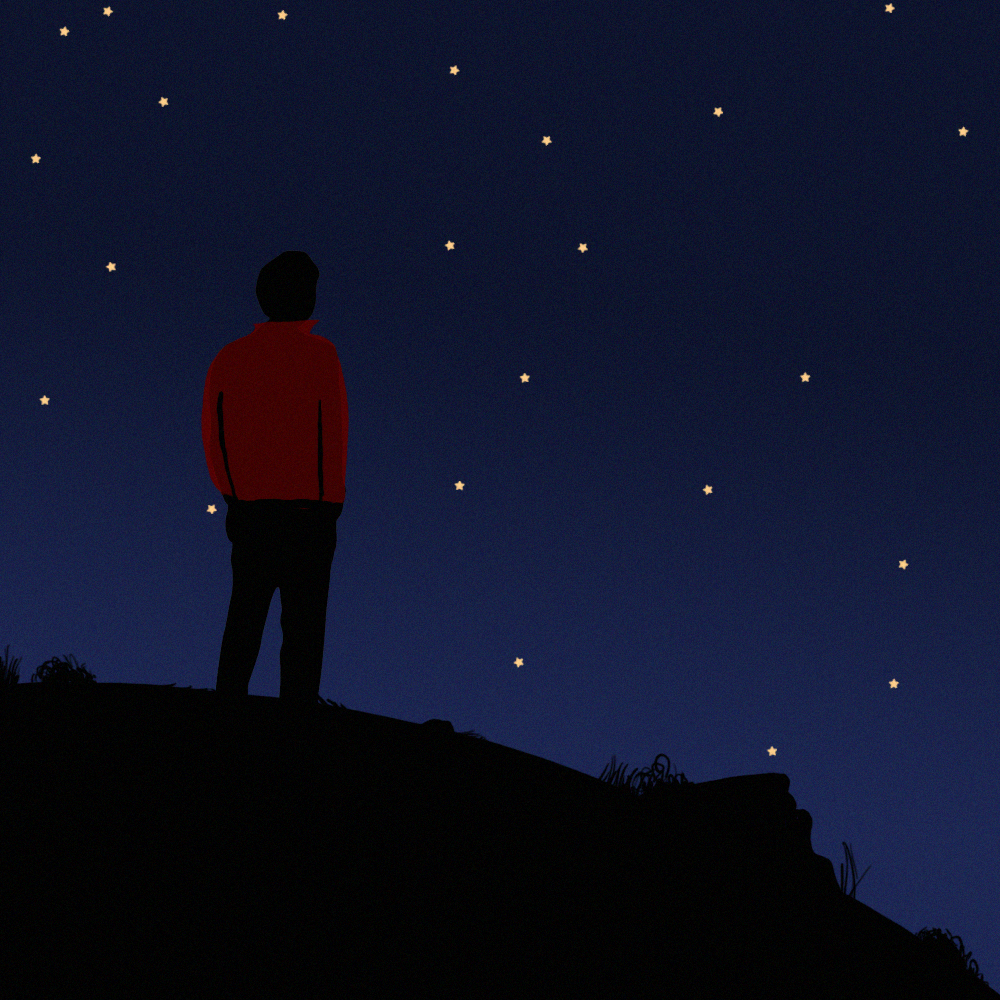Please visit response.fsu.edu for official FSU updates and resources.
Rebel Without a Cause: The Movie That Helped Define the Early Era of the Teenager and Why it is Still Relevant Today
 The teenager, and by extension, teenage culture, is pervasive nowadays. But can you believe that for a long time, there was no such thing? I'm not going to try to say that Rebel Without a Cause solely created the idea of “the teenager,” but I do think it is an interesting and large part of the genesis of youth culture as we know it today. While the teen-age was acknowledged as a phase of life starting sometime in the 1940s (possibly even earlier), it never really stuck nor became as fully fleshed out as it later would. It's not until the post-war era of the 1950s that we really started to see the emergence of youth culture and the teenager as not just a life stage but a lifestyle as well, as the idea of teenagers and what it means to be one started to be thought about differently.
The teenager, and by extension, teenage culture, is pervasive nowadays. But can you believe that for a long time, there was no such thing? I'm not going to try to say that Rebel Without a Cause solely created the idea of “the teenager,” but I do think it is an interesting and large part of the genesis of youth culture as we know it today. While the teen-age was acknowledged as a phase of life starting sometime in the 1940s (possibly even earlier), it never really stuck nor became as fully fleshed out as it later would. It's not until the post-war era of the 1950s that we really started to see the emergence of youth culture and the teenager as not just a life stage but a lifestyle as well, as the idea of teenagers and what it means to be one started to be thought about differently.
In an effort to recover after World War II, the ‘50s were very strictly rulebound and heavily propagandized regarding the ideal family life as well as what people felt post-war society should be like, which included to no small extent how young people should act. One example of this was the widely dispersed advice or instructional videos that were shown in schools. There were several other elements that started to make up youth culture during this time, such as rock and roll, an increased accessibility to cars which gave many teens more independence, and public high schools. People no longer urged their kids to get married as young as they had before, there were more opportunities and infrastructure for education that made it more compulsory and less optional or elite, and many states banned child labor or factory work, all of which were also contributing societal factors in creating the new teenager.
During this time, however, teenagers on screen were largely relegated to one dimensional characters in B movies, but audiences were growing dissatisfied with this model. Sensing the change in audience appetite, Warner Brothers decided not to produce Rebel Without a Cause as just another B movie, but instead as a film shot in color with cinemascope technology. This choice to increase the quality and effort of the production distinguished it from the piles of teen schlock made cheaply by the other studios. (However, the teen schlock movie would reinvent itself in the 1960s, when corporate America realized the economic power of the teenager/young adult and attempted to cash in on it by making thinly plotted and low budget beach party movies).
When Rebel Without a Cause was released, it was a massive hit with young audiences. It significantly boosted the career of James Dean, who died tragically in a car accident before the movie’s release and became the cultural icon that we know him as today post-mortem. Young people sought to model themselves after the rebellious teen character he played in this film, which at the time, many considered the epitome of cool. It was one of the first films to truly show the complexities of being a teenager with an empathetic lens, which many young people probably connected to while feeling lost or rebelling against the strict Rockwellian cultural ideals of the time. This is a movie that sees teenagers as they are, rather than who they should be or what other people think they are. Each character in the main trio has their own struggles that help the viewer to better understand and possibly even empathize with them. They all relate in different ways to the audience, because let's be real. Despite how it might seem, being a teenager is hard, and teens struggle with a myriad of things that they don’t feel like they can talk about or that others will understand.
Adolescence is a time of massive change in our lives. It's a time when we are between childhood, which we have left behind, and adulthood, which we are still approaching. High school is a place where we are expected to figure out who we are and grow into ourselves, but there are many more complexities that go into it, like body image, social and familial relationships, understanding and possibly questioning sexualities, and mental illnesses that may start to appear and show symptoms, which can cause problems for young people who might be dealing with such issues but lack the understanding or the knowledge to know what to do about them. That’s not even to mention the restlessness so many of us feel due to being so close to what we consider the freedom and excitement of adulthood post-high school, but still not being there yet. Unfortunately, much of teen media, especially the media that was being made at the time of Rebel Without a Cause’s release, tends to gloss over these unpleasant or complicated components of the teenage experience to present a more simplistic or an idealized version of high school and our teenage years, which may end up further alienating those who feel they don't fit in.
While in the past few years, there has been an increased effort to tell different and more complex stories about that time in our lives, this movie is a classic that still resonates with modern audiences. At its core, it is a story of lost youth and the tumultuousness of being growing up, which is why it was also such a hit with the newly formed teenagers of the ‘50s, who were recovering from the effects of World War II. Maybe those kids felt as lost growing up through the culture shifts of the 1950s as many of today’s young people, who are dealing with things like a pandemic, an uncertain environmental future, along with a whole host of societal issues. In this way, one could say things haven't changed too much since the movie’s release. Teens seem to have always had to deal with quite a bit, including the feeling that they aren't being listened to. Perhaps we adults should all open our ears, try to hear what they are saying, and remember what it was like to be a teen ourselves.
----------------------------------------------------
Rebel Without a Cause will play at the ASLC on Thursday, September 23rd at 7:00 pm. Doors open at 6:30.
Links to aforementioned instructional videos for those who are curious:
How to Party 1950s Instructional Video
Developing Social Manners / Educational Training Video
How To Say No: Moral Maturity (1951)
Sources:
https://medium.com/cinenation-show/the-birth-of-the-modern-teenager-65127e8bb20
https://www.ushistory.org/us/46c.asp
https://www.saturdayeveningpost.com/2018/02/brief-history-teenagers/
https://www.history.com/news/1950s-parents-house-parties-training-video
Written by: Victoria Weaver
Art by: Cassidy Elibol



